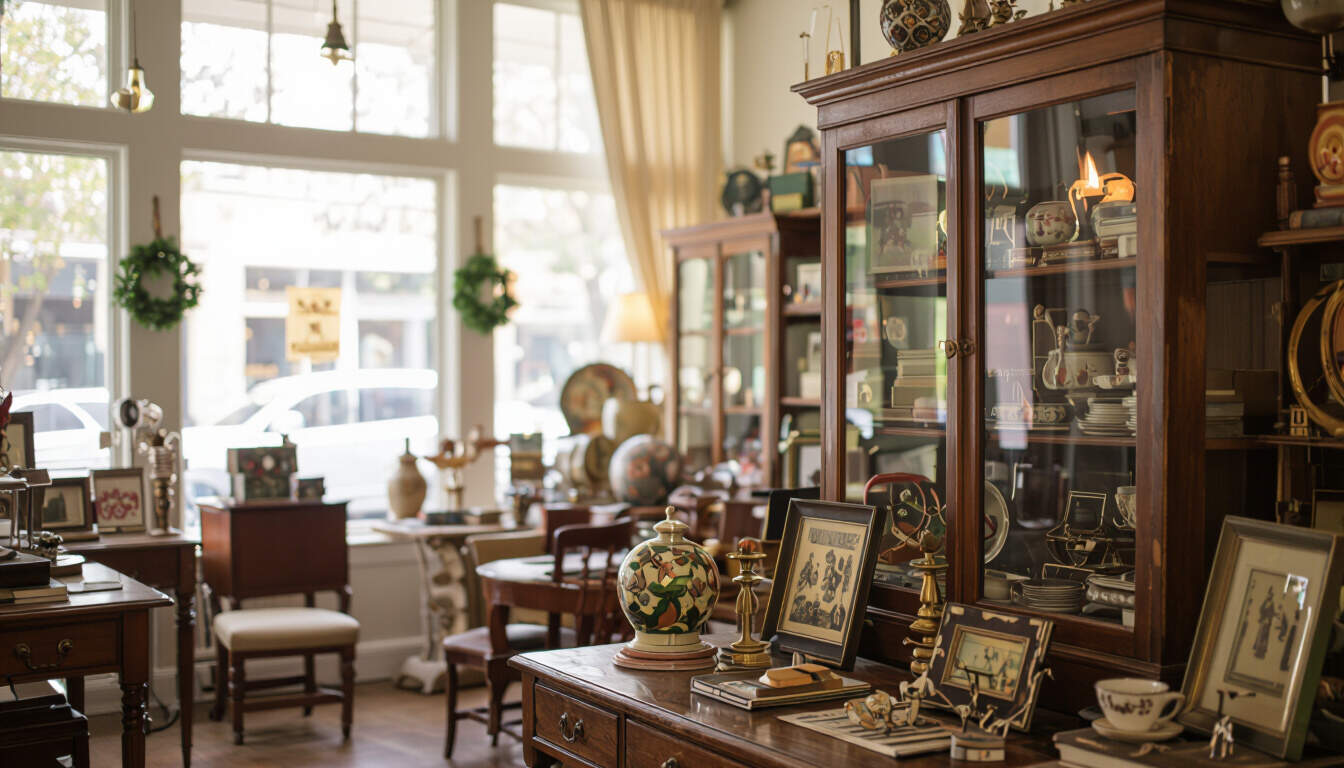Creative PR Strategies for Antique Dealers
 by Lilian Nienow
by Lilian Nienow
Explore innovative guerrilla PR tactics that help antique dealers build brand awareness through low-cost, creative methods. Learn how to engage communities and stand out in niche markets with practical tips for entrepreneurs.

Guerrilla PR offers fresh ways for antique dealers to gain attention without large budgets. This approach focuses on clever, unexpected actions that create buzz around vintage items and unique stories.
For antique dealers, guerrilla PR means using imagination to connect with local audiences. It turns ordinary spaces into opportunities for visibility. One effective tactic is hosting pop-up events in community spots like parks or markets. These gatherings allow dealers to display rare pieces and share their history, drawing in passersby who might not visit a traditional store.
Another idea involves partnering with local artists or historians. By collaborating on joint projects, such as themed exhibitions, dealers can reach new groups. For instance, an antique dealer might work with a local painter to create art inspired by old artifacts. This not only adds value but also generates shared promotion through social channels.
In practice, consider a dealer who sets up a temporary display in a busy neighborhood. They could invite people to share family heirloom stories in exchange for a small discount. This builds personal connections and encourages word-of-mouth sharing, which spreads organically.
Key Tactics for Implementation
To get started, dealers should identify their core audience. Focus on collectors and history enthusiasts who value authenticity. Begin with simple actions like street performances where actors demonstrate the use of antique tools. This interactive element makes the brand memorable and fun.
Using public spaces creatively is another angle. Dealers might leave intriguing notes or small vintage trinkets in urban areas with tags leading back to their shop. This subtle method sparks curiosity and drives foot traffic. For example, placing a restored pocket watch on a bench with a note about its origin can prompt people to investigate further.
Storytelling plays a big role here. Every antique has a tale, and niche markets thrive on authenticity. Dealers can create short videos featuring the backstory of items and share them on platforms like Instagram or TikTok. The key is to keep content genuine and engaging, encouraging viewers to visit or share.
Measuring Success and Adapting
Tracking the impact of these efforts is essential. Dealers can monitor engagement through social metrics or increased store visits. If a pop-up event leads to more inquiries, it's a sign to repeat and refine the approach.
Adapting tactics based on feedback ensures long-term growth. For instance, if community events attract younger crowds, dealers might incorporate modern twists like pairing antiques with contemporary fashion. This keeps the strategy fresh and relevant.
Real-world examples show success. A dealer in a small town used guerrilla PR by organizing a scavenger hunt with clues hidden in antique clues. Participants found hidden gems, and the event went viral locally, boosting sales by 30% in a month. Such stories highlight how creativity drives results.
Building Lasting Connections
Beyond immediate gains, guerrilla PR fosters loyalty. By involving the community, dealers create advocates who promote the brand naturally. Regular small-scale initiatives, like workshops on restoring old items, keep the momentum going.
For entrepreneurs in similar fields, the principles apply broadly. Whether it's for booksellers or craft makers, the emphasis on innovation and interaction builds a strong presence.
In summary, adopting these strategies empowers antique dealers to stand out. With creativity and persistence, even small businesses can achieve significant visibility and growth.
